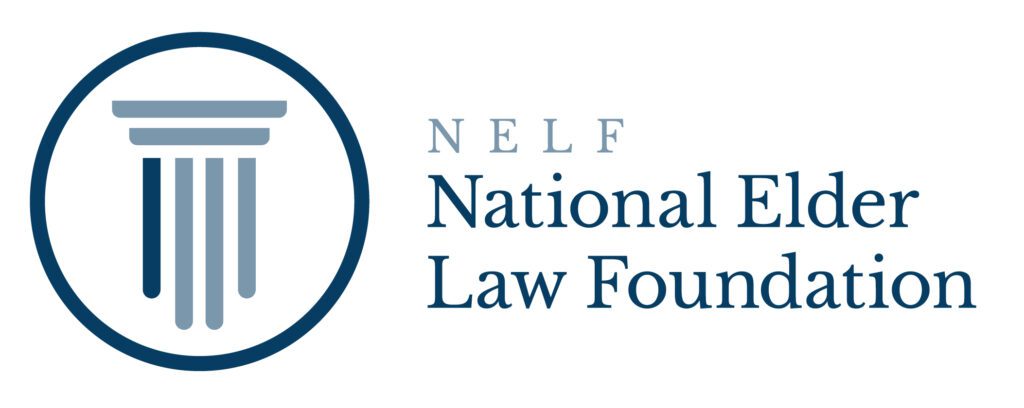If you have an IRA or workplace retirement plan and were born before July 1, 1944, you generally must take a required minimum distribution (RMD) from your plan(s) by December 31, 2014.
If you have more than one traditional IRA, you figure the RMD separately for each IRA. However, you can withdraw the total amount from one or more of them. If you don’t take your RMD on time you face a 50 percent excise tax on the RMD amount you failed to take out. The RMD rules apply to those with traditional IRAs and also apply to participants in various workplace retirement plans, including 401(k), 403(b) and 457(b) plans.
There are some exceptions.
Just turned 70 ½ exception. Individuals born after June 30, 1943 and before July 1, 1944 are eligible for a special rule. The deadline for RMD payments is April 1, 2015, if you turned 70½ in 2014.Though payments made to these taxpayers in early 2015 can be counted toward their 2014 RMD, they are still taxable in 2015. This means there is the opportunity for these taxpayers to shift their RMD income between these years to minimize overall tax liabilities.
The special April 1 deadline only applies to the RMD for the first year. For all subsequent years, the RMD must be made by Dec. 31. This means that those persons deferring their 2014 RMD to 2015 will end up having two taxable distributions to report in 2015.
Roth Exception. The required distribution rules do not apply to owners of Roth IRAs while the original owner is alive.
Still working Exception for Workplace Plans. Though the RMD rules are mandatory for all owners of traditional IRAs and participants in workplace retirement plans, some people in workplace plans can wait longer to receive their RMDs. Usually, employees who are still working can, if their plan allows, wait until April 1 of the year after they retire to start receiving these distributions. See Tax on Excess Accumulations in IRS Publication 575.
Employees of public schools and certain tax-exempt organizations with 403(b) plan accruals before 1987 should check with their employer, plan administrator or provider to see how to treat these accruals.
The RMD for 2014 is based on the taxpayer’s life expectancy on Dec. 31, 2014, and their account balance on Dec. 31, 2013. The trustee reports the year-end account value to the IRA owner on Form 5498 in Box 5. (To compute your RMD you can use the online worksheets on IRS.gov or you can use the worksheets and life expectancy tables in the Appendices to IRS Publication 590.)
For most taxpayers, the RMD is based on Table III (Uniform Lifetime) in the IRS publication on IRAs. So for a taxpayer who turned 72 in 2014, the required distribution would be based on a life expectancy of 25.6 years. A separate table, Table II, applies to a taxpayer whose spouse is more than 10 years younger and is the taxpayer’s only beneficiary.
An IRA trustee must either report the amount of the RMD to the IRA owner or offer to calculate it for the owner. Often, the trustee shows the RMD amount on Form 5498 in Box 12b. For a 2014 RMD, this amount was on the 2013 Form 5498 normally issued to the owner during January 2014.
This blog post is based on information provided by the IRS in in Tax Tips Issue Number 2014-24 (December 9, 2014). You can find more information on RMDs, including answers to frequently asked questions, on IRS.gov.
Additional Resources from the IRS:
- Publication 590, Individual Retirement Arrangements (IRAs)
- Form 5329, Additional Taxes on Qualified Plans (Including IRAs) and Other Tax-Favored Accounts
IRS YouTube Video:
IRS Podcast:




